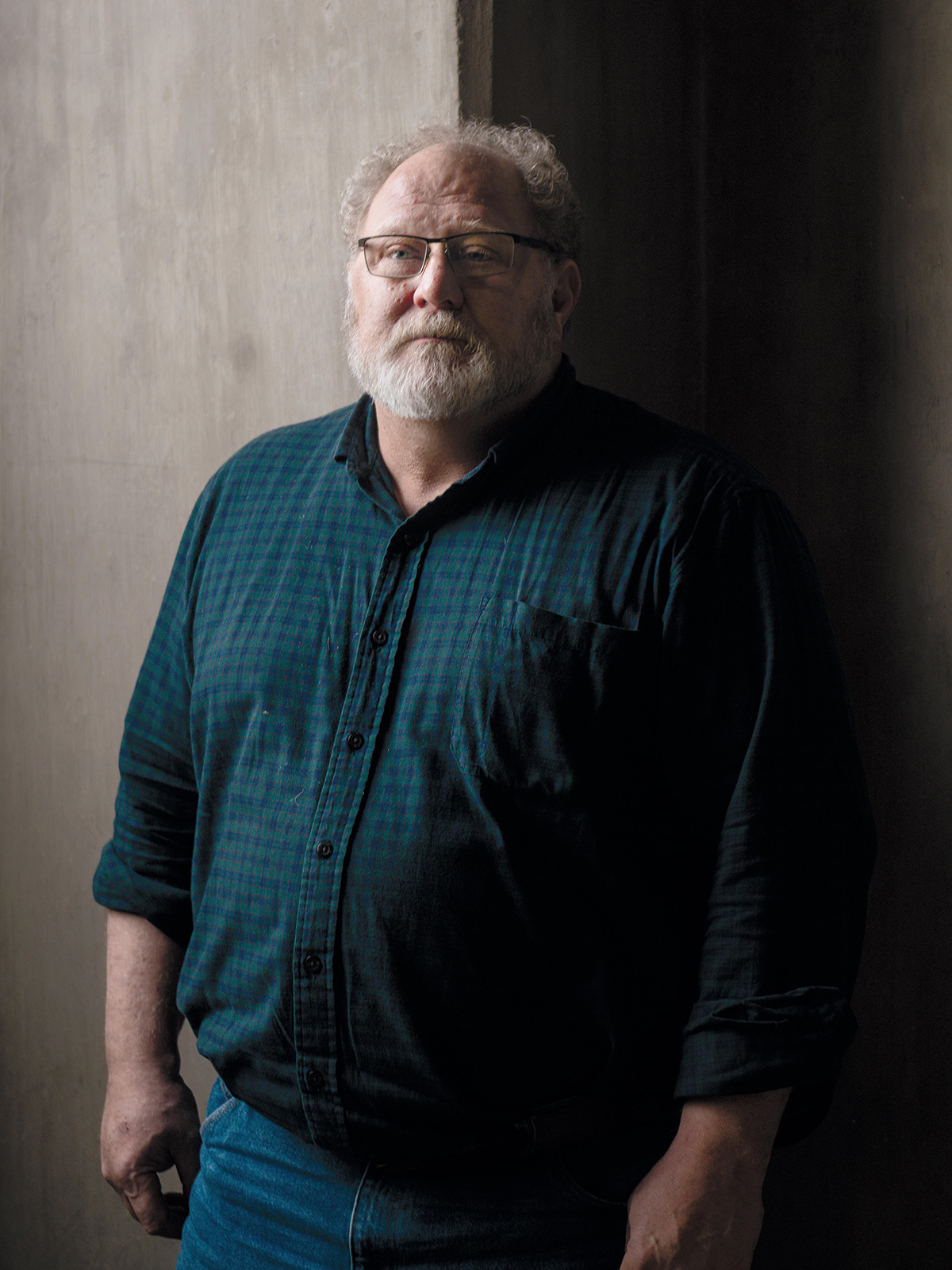The Local newsletter is your free, daily guide to life in Colorado. For locals, by locals. Sign up today!
Each winter, more than 80 men and women employed by the Colorado Department of Transportation (CDOT) work alongside first responders to keep I-70 open, come hell or high snow drifts. The crews who work Section 9, the stretch of interstate from Golden to Silverthorne that includes the Eisenhower-Edwin C. Johnson Memorial Tunnel, have a particularly challenging assignment: Clear the pavement so vehicles can cross the Rockies using the world’s highest-elevation tunnel.

From inside CDOT’s command center at the tunnel, Fritz Homann, operations manager for CDOT’s I-70 mountain corridor (pictured above), explains a multistate program that records data from trucks to help inform CDOT’s preparations for inbound storms.
Eyes on the Road

Jim Gardner, CDOT incident commander for the department’s rapid response team (pictured above), coordinates with responders to facilitate the clearing of stranded or disabled vehicles as quickly and safely as possible.

Jeff Tatkenhorst, maintenance superintendent for Section 9 (pictured above), uses binoculars to monitor weather and road conditions on March 19 on the east side of the Eisenhower-Johnson tunnel. Tatkenhorst is responsible for overseeing all maintenance operations on I-70 between C-470 and the tunnel. During storms, he and Homann take a holistic view of the mountain corridor and position their resources for a unified team approach to keeping Colorado’s most critical east-west thoroughfare open and safe.
Monitoring the Situation

Traffic management operator Robert Reid (pictured above) checks road conditions, changes caution signs on the highway, and dispatches trucks to clear crashes this past March. Notifying drivers of road conditions through public announcements is one of the ways the department attempts to reduce traffic and keep highways open. “We try to provide accurate information as quickly as possible,” Homann says. “The rest is up to drivers.”

CDOT tunnel superintendent and resident engineer Neal Retzer (pictured above) organizes historical photos of the tunnel. A plaque on the wall is dedicated to the seven people who died while constructing the tunnel in the 1960s and ’70s.
Grains of Salt

Bama Milucky (pictured above), a transportation maintenance 1 worker, tosses salt onto the tunnel’s westbound lanes. The tunnel—which accommodates roughly 35,000 vehicles daily—is staffed 24 hours a day, every day of the year.
Commercial truck driver Serge Kudelic (pictured below), who drives along I-70 nearly every week, chains up on the west side of the Eisenhower-Johnson tunnel. There are 17 chain stations along the I-70 corridor. Colorado’s chain law requires commercial drivers to carry sufficient chains between September 1 and May 31. The regulations help keep highways clear and reduce traffic delays.

Clearing the Path

CDOT maintenance 1 worker Joe Johnson (pictured above) has 10 years of experience on I-70. In the winter, Johnson works 12-hour shifts six days a week, sometimes driving in an echelon formation with other plows during snowstorms. “You gotta watch the guy ahead of you, watch your wing, and watch your side,” he says. “It’s total mayhem, so you need to keep your head on a swivel.” Johnson lives in Castle Rock but often stays in hotels closer to CDOT’s command center at the tunnel when he’s scheduled to work along I-70.

During his typical 12-hour shifts, Milucky’s (pictured above) responsibilities include snow removal, measuring truck height for tunnel clearance, ensuring safety at the portals, and using trucks with push bars to clear stuck vehicles.
Inner Drive

As operations manager, Homann (pictured above) is responsible for Section 9, which stretches from Golden to Silverthorne. “We stress working with our stakeholders,” he says, “and continuing to get better while working with local, state, county, and municipal law enforcement, maintenance patrols, EMS, and other fellow responders to make roads safer and get them cleared quickly.” Homann acknowledges that drivers often solely talk about CDOT when complaining of delayed traffic or lousy road conditions: “You only hear about us when the broccoli is soggy, not crispy.”

On the job for five years now, Colorado State Trooper Brittani Fah (pictured above) always advises drivers to “slow down, give plows space, and be patient.”
Light at the End of the Tunnel

The west side of the tunnel glows through the haze of an April snowfall. Homann explains that the area surrounding the 1.7-mile tunnel receives an average of 315 inches of snow each year. “Avalanche mitigation is a fact of life up here,” he says. CDOT uses hand-placed explosives and remotely triggered devices to decrease the danger.

Silverthorne resident Patrick Doak (pictured above) rides in the bed of a pickup truck that’s hauling him and other backcountry skiers to the top of Loveland Pass on March 19. The following week, CDOT closed two car pullouts along Loveland Pass to deter backcountry skiers and riders from creating unsafe conditions for motorists.








